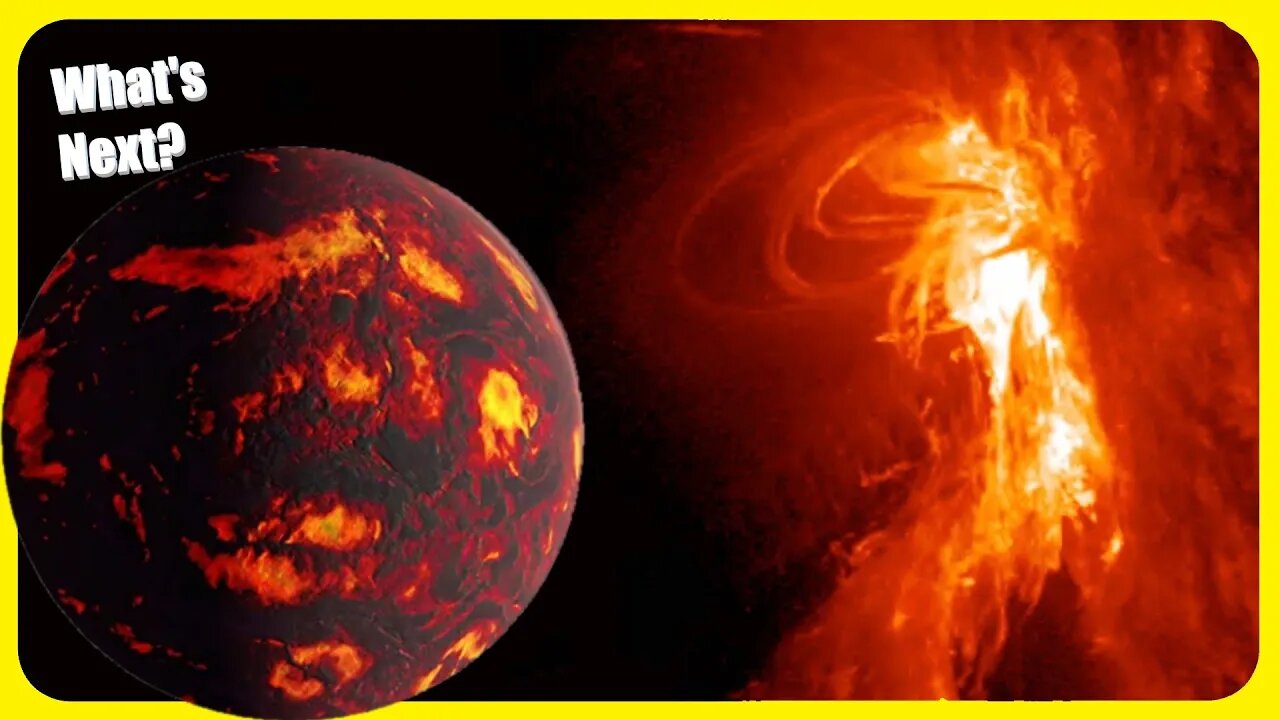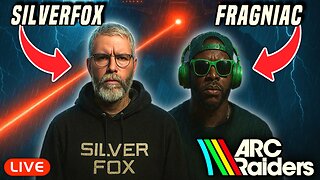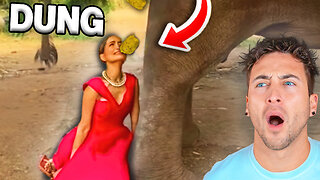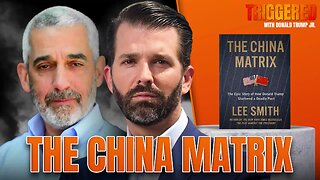Premium Only Content

That Time We Had A Planet Vulcan 🖖🏻
Patreon - https://www.patreon.com/user?u=37594401
Buy Me A Coffee? - https://www.buymeacoffee.com/whats.next
Donate With Cash App - https://cash.app/$YTpayments
Get Mentioned In Future Videos By Joining PATREON For As Little As $5 A Month
(and gain access to DOZENS of videos!)
Support Direct Improvements To The Channel With BUY ME A COFFEE
Or Make Direct Contributions With No Strings Attached With CASH APP
WANT MORE GREAT CONTENT?
SUBSCRIBE 2 THESE GREAT CHANNELS!
Vega Astro - https://www.youtube.com/channel/UCejLQCRfKR1XAmDeRRv3ifA
Terran Space Academy - https://www.youtube.com/channel/UCGzgxO2YKjk9yYKLwBjyeVA
Mars Matters - https://www.youtube.com/channel/UCPFLOxf5-AgE0QlaXhzol_Q
Darkest Child A by Kevin MacLeod is licensed under a Creative Commons Attribution 4.0 license. https://creativecommons.org/licenses/by/4.0/
Source: http://incompetech.com/music/royalty-free/index.html?isrc=USUAN1100783
Artist: http://incompetech.com/
Vulcan /ˈvʌlkən/[2] was a theorized planet that some pre-20th century astronomers thought existed in an orbit between Mercury and the Sun. Speculation about, and even purported observations of, intermercurial bodies or planets date back to the beginning of the 17th century. The case for their probable existence was bolstered by the French mathematician Urbain Le Verrier who, by 1859, had confirmed unexplained peculiarities in Mercury's orbit and predicted they had to be the result of gravitational influences of another unknown nearby planet or series of asteroids. A French amateur astronomer's report that he had observed an object passing in front of the Sun that same year led Le Verrier to announce that the long sought after planet, which he gave the name Vulcan, had been discovered at last.
Many searches were conducted for Vulcan over the following decades, but despite several claimed observations, its existence could not be confirmed. The need for the planet as an explanation for Mercury's orbital peculiarities was later rendered unnecessary when Einstein's 1915 theory of general relativity showed that Mercury's departure from an orbit predicted by Newtonian physics was explained by effects arising from the curvature of spacetime caused by the Sun's mass.
In 1915 Einstein's theory of relativity, an approach to understanding gravity entirely differently from classical mechanics, removed the need for Le Verrier's hypothetical planet.[3] It showed that the peculiarities in Mercury's orbit were the results of the curvature of spacetime caused by the mass of the Sun.[27] This added a predicted 0.1 arc-second advance of Mercury's perihelion each orbital revolution, or 43 arc-seconds per century, exactly the observed amount (without any recourse to the existence of a hypothetical Vulcan).[28] The new theory modified the predicted orbits of all planets, but the magnitude of the differences from Newtonian theory diminishes rapidly as one gets farther from the Sun. Also, Mercury's fairly eccentric orbit makes it much easier to detect the perihelion shift than is the case for the nearly circular orbits of Venus and Earth. Einstein's theory was empirically verified in the Eddington experiment during the solar eclipse of May 29, 1919 when photographs showed the curvature of spacetime was bending starlight around the Sun. Astronomers generally quickly accepted that a large planet inside the orbit of Mercury could not exist, given the corrected equation of gravity.[25]: 220
Today, the International Astronomical Union has reserved the name "Vulcan" for the hypothetical planet, even though it has been ruled out, and also for the Vulcanoids, a hypothetical population of asteroids that may exist inside the orbit of the planet Mercury. Thus far, however, earth- and space-based telescopes and the NASA Parker Solar Probe have detected no such asteroids. While three Atira asteroids have perihelion points within the orbit of Mercury, their aphelia are outside that orbital path, therefore they cannot be defined as 'vulcanoids', which would require wholly intra-mercurian circular orbital trajectories, which none of them possess.
Vulcan (also known as Vulcan/Vulcanis A II, Nevasa II or 40 Eridani A II) is a planet, the second planet in the 40 Eridani star system, in orbit of the star 40 Eridani A. A class M desert planet, Vulcan is inhabited by the Vulcan civilization, who refer to their world as T'Khasi, Minshara or Ti-Valka'ain.
As the Vulcan homeworld, Vulcan was the capital planet of the Confederacy of Vulcan, and a founding world in both the Coalition of Planets and United Federation of Planets. (Last Unicorn RPG modules: The Way of Kolinahr, Planets of the UFP; Decipher RPG module: Aliens; ST references: Star Charts, The Worlds of the Federation; ENT novel: Kobayashi Maru)
-
 LIVE
LIVE
TimcastIRL
1 hour agoTrump DOJ Opens Probe Into Democrat Swalwell For Mortgage Fraud | Timcast IRL
19,607 watching -
 LIVE
LIVE
Barry Cunningham
2 hours agoLIVE WATCH PARTY: J.D. VANCE ON THE SEAN HANNITY SHOW!
1,082 watching -
 LIVE
LIVE
megimu32
54 minutes agoOFF THE SUBJECT: Judging Strangers on Reddit 😭 PLUS! Fortnite Chaos!
138 watching -
 LIVE
LIVE
Mally_Mouse
3 days ago🎮 Throwback Thursday! Let's Play: Stardew Valley pt. 32
113 watching -
 LIVE
LIVE
Lofi Girl
2 years agoSynthwave Radio 🌌 - beats to chill/game to
136 watching -
 LIVE
LIVE
SilverFox
20 hours ago🔴LIVE - ARC Raiders HUGE UPDATE - NEW MAP w/ Fragniac
100 watching -
 2:11:25
2:11:25
Nikko Ortiz
2 hours agoLATE NIGHT GAMING... | Rumble LIVE
69.7K6 -

Dr Disrespect
10 hours ago🔴LIVE - DR DISRESPECT - ARC RAIDERS - NORTH LINE UPDATE
112K8 -
 LIVE
LIVE
PNW_Guerrilla
2 hours agoHalo CE
157 watching -
 1:01:11
1:01:11
Donald Trump Jr.
7 hours agoThe China Matrix with Journalist Lee Smith | TRIGGERED Ep.291
79.4K69